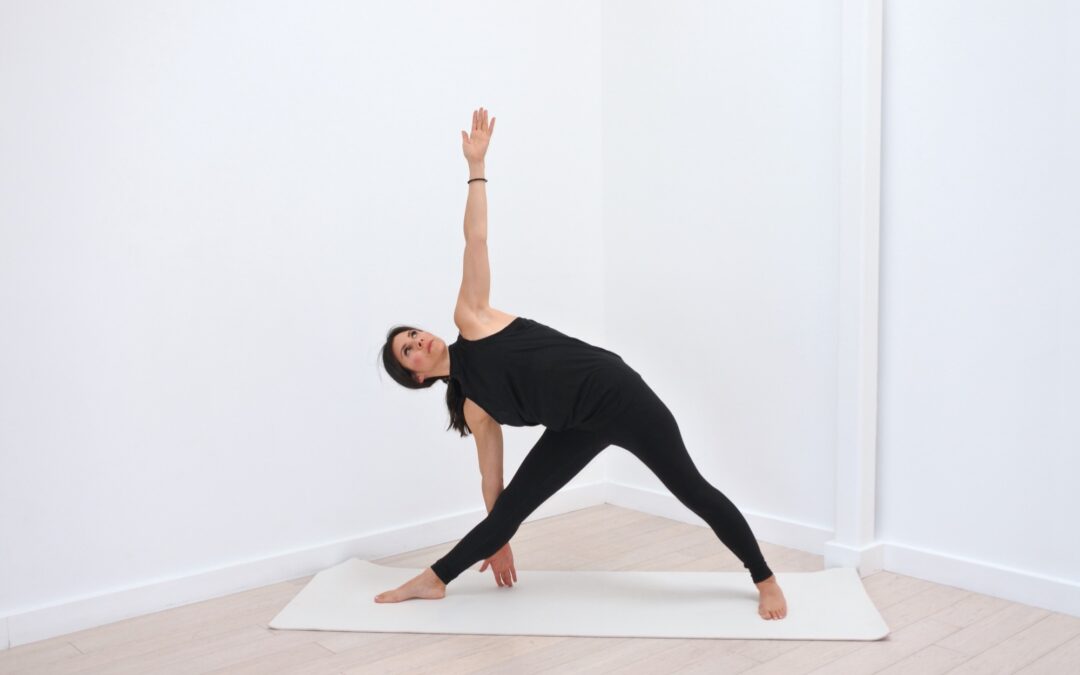Yoga has become increasingly popular in the Western world in recent years, and it has been embraced for its numerous health and wellness benefits. However, some people have expressed concern about cultural appropriation, arguing that the practice of yoga should be reserved for its cultural and spiritual origins in India. However, others believe that yoga’s growth and evolution in the Western world is a positive reflection of its adaptability and cultural diversity.
Here are some reasons why practicing yoga in the Western world is a celebration of cultural diversity:
- Yoga is a practice that transcends cultural boundaries: Yoga is a practice that has the power to unite people across cultural, religious, and linguistic divides. By practicing yoga in the Western world, people are able to experience its benefits, regardless of their cultural background.
- Yoga has evolved to meet the needs of different communities: Yoga has been adapted and modified to meet the needs of different communities around the world. In the Western world, this has led to the development of new styles and approaches to yoga that are tailored to the unique needs and interests of this cultural context.
- The Western world brings its own unique cultural influences to yoga: As yoga has been embraced by the Western world, it has been influenced by Western culture and spirituality. This has led to the creation of new styles of yoga, such as Kundalini Yoga, that reflect the unique cultural context of the Western world.
- The Western world is a hub of innovation in yoga: The Western world is a hub of innovation in the practice of yoga. From new styles and approaches, to new technologies and tools, the Western world is constantly pushing the boundaries of what is possible in the practice of yoga.
- Yoga is an inclusive practice: Yoga is a practice that is open and accessible to people from all walks of life, regardless of their cultural background. By embracing yoga in the Western world, people are able to experience its benefits, regardless of their cultural background.
If you would like to dig deeper into the western yoga paradigm, here are some steps you can take to practice yoga in the West by honoring is roots and without cultural appropriation:
- Learn about the history and cultural origins of yoga: Understanding the cultural context of yoga is an important step in avoiding cultural appropriation. This can include studying the history of yoga, the cultural and religious traditions from which it originated, and the philosophical foundations that underpin its practices.
- Respect the cultural context of the practice: When practicing yoga, it is important to respect the cultural context from which it originated. This may include avoiding the use of cultural symbols, such as the Hindu Om symbol, without proper understanding or context.
- Cultivate a sense of humility: Yoga is a practice of self-discovery and growth, and it is important to approach it with a sense of humility and respect. This means avoiding the use of cultural elements in a way that is intended to be “cool” or “exotic”, and instead approaching the practice with a sense of reverence and respect for its origins.
- Support and amplify the voices of diverse yoga communities: To avoid cultural appropriation and ensure that yoga is being practiced in a culturally respectful way, it is important to support and amplify the voices of diverse yoga communities. This includes seeking out teachers and classes that reflect the diversity of the yoga community, and actively seeking out information and resources that are created by and for these communities.
In conclusion, practicing yoga in the Western world is a celebration of cultural diversity, and it is a testament to the power of this ancient practice to bring people together across cultural, religious, and linguistic divides. By embracing the cultural influences of the Western world, yoga continues to evolve and adapt, providing people with new and exciting ways to experience its benefits.


